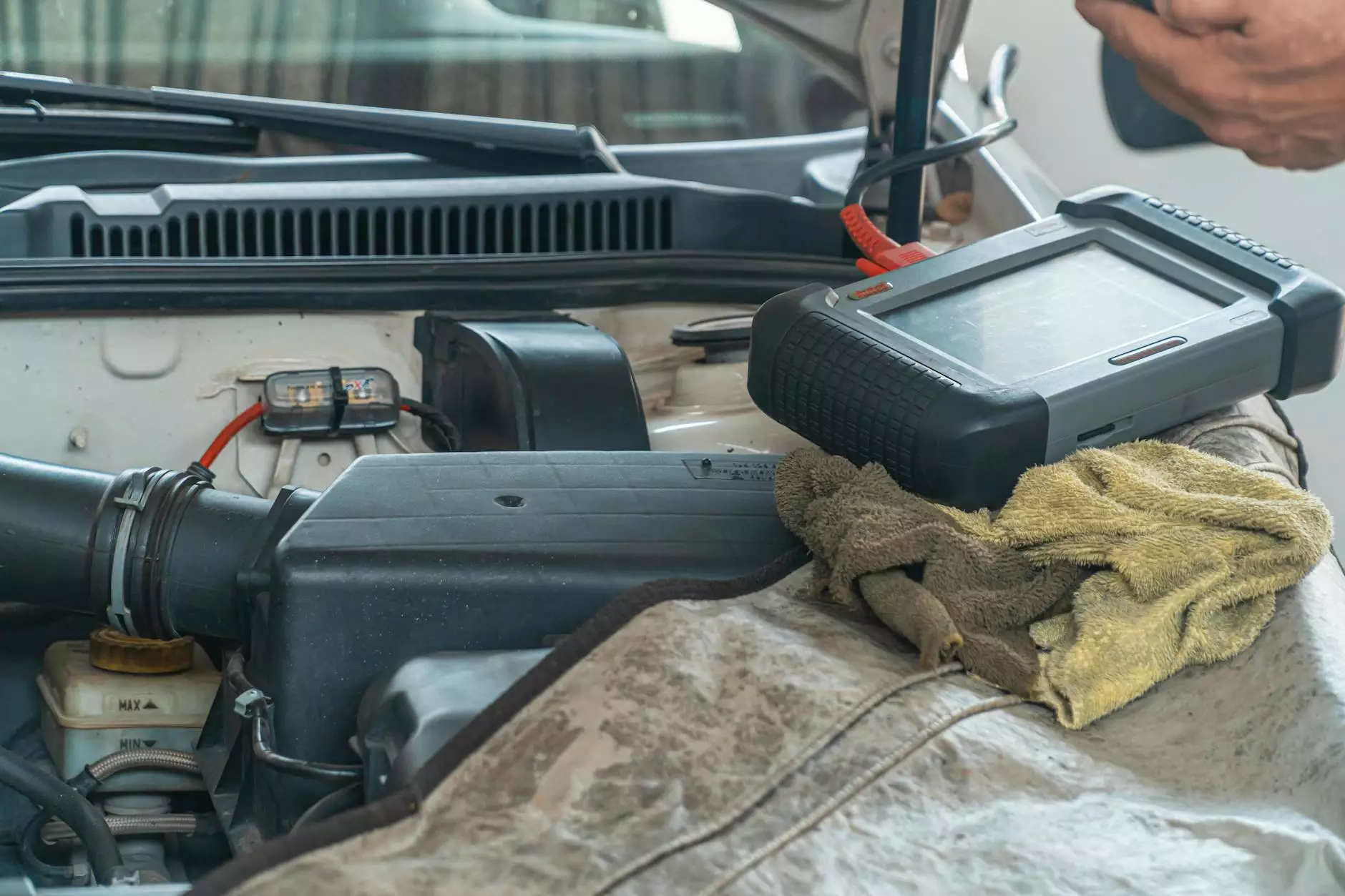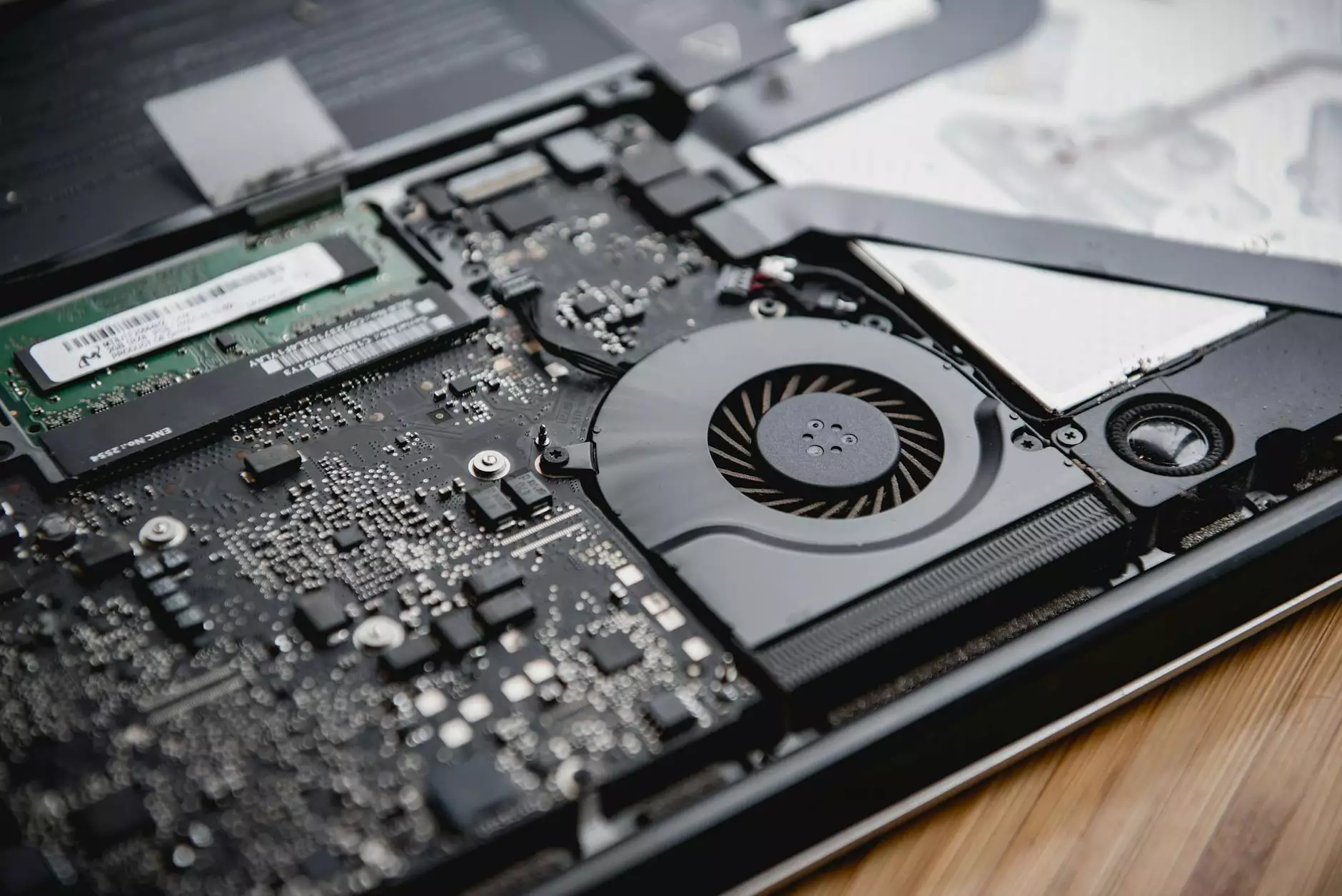Replacing TPMS Sensors: Essential for Replacing Tires
Content Marketing
Can I Replace TPMS Myself?
Replacing TPMS (Tire Pressure Monitoring System) sensors is a crucial aspect of maintaining your vehicle's safety and performance. Many car owners wonder, "Can I replace my TPMS sensors myself?" The answer is yes, with the right tools and knowledge, you can replace TPMS sensors on your own.
How to Change a Tire Sensor
Changing a tire sensor involves a few steps but is definitely doable for those who prefer DIY tasks. If you are wondering "How to change a tire sensor?" or "How to change TPMS sensor?" follow our detailed guide below.
Step-by-Step Guide to Replacing TPMS Sensors
- Prepare the Necessary Tools: Before starting, ensure you have the required tools such as a TPMS sensor removal tool, lug wrench, and a jack.
- Locate the TPMS Sensor: Find the TPMS sensor on the inner sidewall of the tire.
- Remove the Old TPMS Sensor: Use the TPMS sensor removal tool to carefully detach the old sensor.
- Install the New TPMS Sensor: Insert the new sensor in place and secure it properly.
- Reassemble the Tire: Reattach the tire, tighten the lug nuts, and lower the vehicle back to the ground.
- Test the TPMS Sensor: Turn on your vehicle and ensure the new TPMS sensor is functioning correctly.
Crucial Tips for Swapping TPMS Sensors
When swapping TPMS sensors, it's important to follow these tips:
- Calibration: After replacing the sensor, make sure to recalibrate your TPMS system for accurate readings.
- Check for Compatibility: Ensure the new TPMS sensor is compatible with your vehicle's make and model.
- Proper Installation: Carefully install the sensor to prevent any leaks or malfunctions.
- Regular Maintenance: Check your TPMS sensors regularly to maintain proper tire pressure and safety.
Benefits of Replacing TPMS Sensors
By replacing your TPMS sensors when needed, you can:
- Enhance Safety: Properly functioning TPMS sensors help prevent tire blowouts and maintain optimal tire pressure.
- Improved Performance: Accurate tire pressure readings lead to better fuel efficiency and overall vehicle performance.
- Cost Savings: Regular sensor maintenance can prevent costly repairs and extend the lifespan of your tires.
Conclusion
Knowing how to replace TPMS sensors yourself is a valuable skill that can help you maintain your vehicle's safety and performance. By following our detailed guide and tips, you can effectively swap TPMS sensors and ensure your tires are in top condition.
For more expert advice on automotive maintenance and services, trust SEOStudios, your partner in Business and Consumer Services - SEO services.



